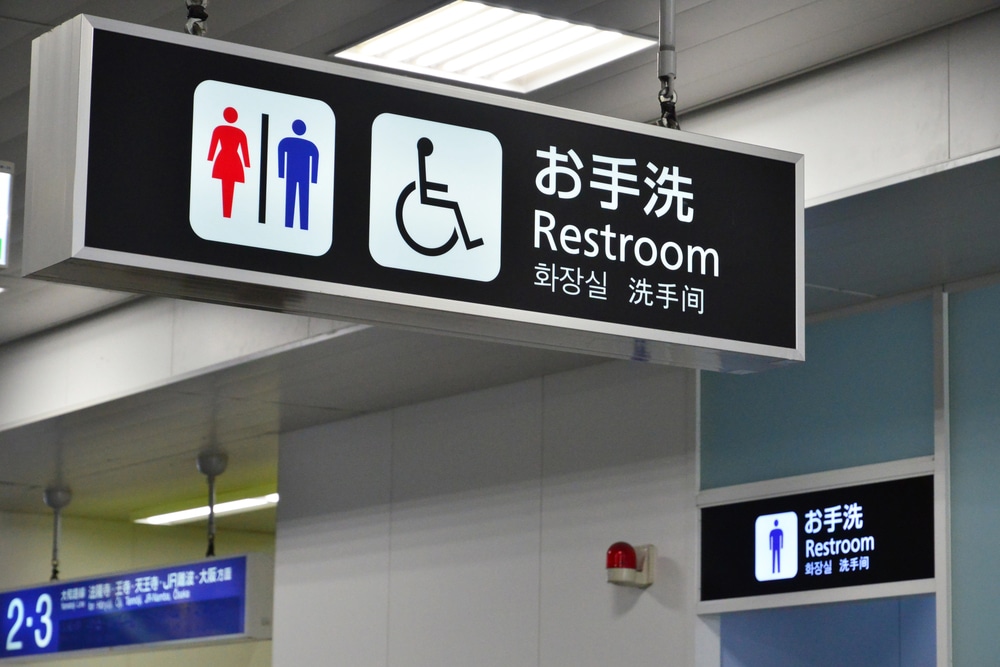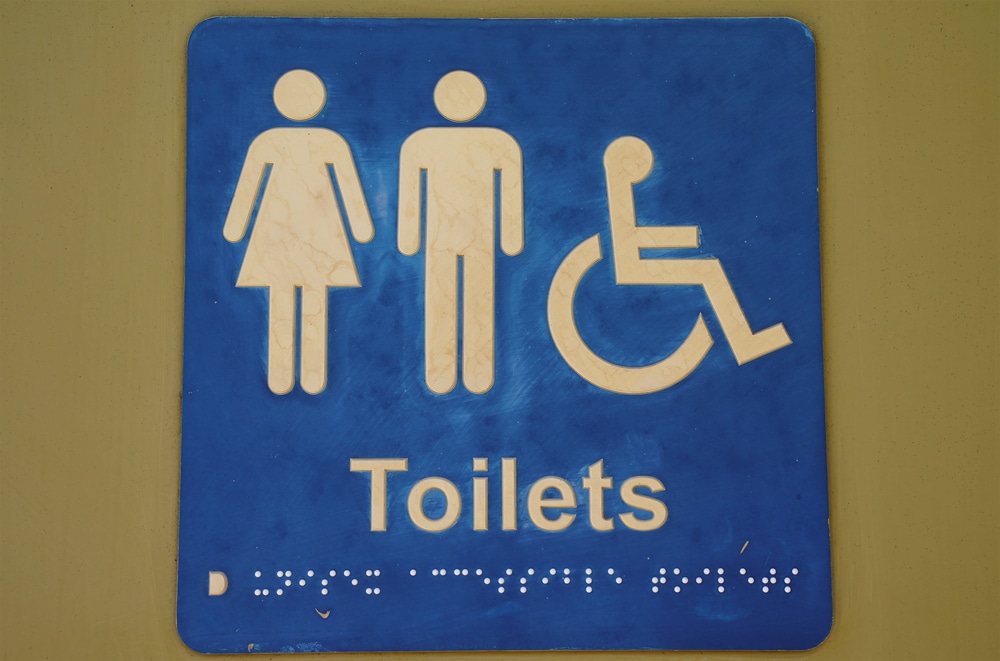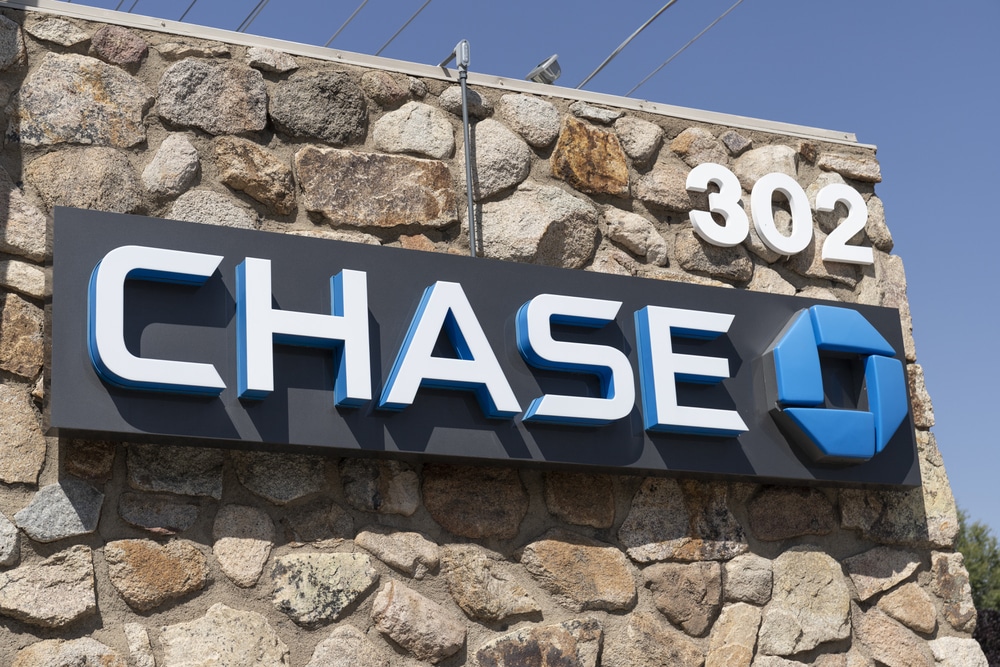Imagine arriving at a business but struggling to read the signs due to poor visibility or placement. Now, imagine this challenge as part of your everyday life because of a disability. For millions of Americans, inaccessible signage makes businesses feel unwelcoming and difficult to navigate.
According to the CDC, 61 million adults in the United States live with a disability, representing a significant portion of the market. ADA-compliant signage ensures that every customer feels valued and included while protecting your business from costly legal consequences. In this article, we’ll explore the essentials of ADA compliance, the risks of neglecting it, and actionable steps to create accessible signage.
ADA-Compliant vs. Non-Compliant Signage: Key Features and Impacts
Feature |
ADA-Compliant Signage |
Non-Compliant Signage |
|---|---|---|
Readability |
High readability with clear fonts and no visual clutter. | Difficult to read due to clutter or ornate fonts. |
Font and Letter Size |
Minimum 1-inch tall letters with simple, sans-serif fonts. | Small, inconsistent lettering that is hard to read. |
Contrast |
High-contrast color combinations (e.g., white on black). | Low contrast, making text illegible under certain lighting. |
Tactile Elements |
Raised lettering and Grade 2 Braille for accessibility. | Lacks Braille or tactile elements, limiting accessibility. |
Placement |
Proper height (48–60 inches from the floor). | Improper height or placement, making signs inaccessible to wheelchair users. |
Legal Compliance |
Fully compliant with ADA regulations, avoiding fines. | Risk of legal fines and penalties for non-compliance. |
Customer Experience |
Ensures seamless navigation for all customers, including those with disabilities. | Frustrates customers, leading to negative experiences and lost business. |
Brand Perception |
Boosts reputation as an inclusive, socially responsible business. | Damages brand perception and customer trust. |

1. What Is ADA Compliance in Signage?
The Americans with Disabilities Act (ADA), enacted in 1990, ensures that people with disabilities have equal access to public spaces, services, and resources. Signage plays a critical role in achieving this goal.
Key Features of ADA-Compliant Signage:
- High Contrast and Readability: Clear text with strong contrast, such as black on white, ensures readability.
- Tactile Elements: Raised letters and Braille are required for signs identifying permanent spaces like restrooms, exits, and elevators.
- Non-Glare Materials: Signage must be visible under various lighting conditions, avoiding reflective surfaces.
- Proper Placement: Signs should be positioned at 48 to 60 inches from the floor to ensure visibility and accessibility.
By meeting these standards, businesses can accommodate a wider audience, including those with visual impairments or mobility challenges.
The Business Risks of Non-Compliance
Failing to provide ADA-compliant signage exposes businesses to significant risks, both legally and financially.
- Legal Penalties: The ADA enforces strict fines for non-compliance—up to $75,000 for first violations and $150,000 for subsequent offenses.
- Customer Loss: People with disabilities represent a significant market. Excluding them sends a message that their needs don’t matter, pushing them—and their spending power—toward competitors.
- Reputational Damage: In a socially conscious market, accessibility issues can lead to public backlash, damaging your brand and customer trust.
Case Study: A California restaurant faced a $25,000 lawsuit for inadequate Braille signage on its restrooms. In addition to the legal fees, the business had to invest in retrofitting all its signage to meet ADA standards.

How ADA-Compliant Signage Enhances Customer Experience
Accessibility doesn’t just benefit people with disabilities—it improves the experience for everyone.
- Improved Navigation: Clear, readable signs reduce confusion and make it easier for all customers to find their way around.
- Demonstrated Inclusivity: ADA-compliant signage signals that your business values all customers, fostering trust and loyalty.
- Enhanced Brand Perception: Businesses with accessible environments are seen as socially responsible, which can attract a broader audience.
Example: A national hotel chain implemented Braille room numbers and high-contrast directional signs, receiving glowing reviews from guests and advocacy groups for their inclusive approach.
A Checklist for Creating ADA-Compliant Signage
Use this practical checklist to ensure your business signage meets ADA standards:
- High Contrast Colors: Choose combinations like black and white or blue and yellow for optimal visibility.
- Font and Letter Size: Use simple sans-serif fonts with characters at least 1 inch tall for readability.
- Tactile Features: Include raised text and Grade 2 Braille for all permanent room identification signs.
- Proper Placement: Mount signs between 48–60 inches from the ground, ensuring wheelchair accessibility.
- Non-Glare Materials: Avoid glossy finishes to ensure readability under all lighting conditions.
- Hire a Professional: Partner with signage experts like Tupp Signs to ensure compliance while maintaining brand aesthetics.
Beyond Compliance: The Broader Benefits of Accessible Signage
ADA-compliant signage isn’t just a legal requirement—it’s a smart investment in your business’s future.
- Attracting a Broader Customer Base: Accessibility improvements benefit not just those with disabilities but also elderly customers, parents with strollers, and more.
- Building Community Trust: Businesses that prioritize accessibility are often recognized and supported by local communities and advocacy groups.
- Avoiding Costly Retrofitting: Proactively installing compliant signage saves money compared to retrofitting after a lawsuit or fine.
Resources for ADA Compliance
Here are some resources to help your business achieve ADA-compliant signage:
- The Americans with Disabilities Act Official Website: Comprehensive guidelines for ADA compliance.
- ADA Accessibility Standards: Detailed information about signage requirements.
- Tupp Signs: Expertise in creating ADA-compliant signage that blends accessibility with brand identity.
Conclusion
ADA-compliant signage is more than a regulatory box to check—it’s a way to demonstrate that your business values inclusivity, accessibility, and customer satisfaction. By investing in accessible signage, you’re not only ensuring compliance but also creating a welcoming space for everyone.
At Tupp Signs, we specialize in designing ADA-compliant signage that meets regulatory standards while enhancing your brand’s image.
Don’t wait until non-compliance becomes a costly mistake. Contact Tupp Signs today to create signage that works for everyone.
The Numbers Behind Accessibility: Why ADA-Compliant Signage Matters
- 61 million adults in the United States live with a disability (CDC).
- Businesses face fines up to $75,000 for the first ADA violation and $150,000 for subsequent violations (ADA guidelines).
- Accessible environments increase customer satisfaction by 20%, according to a study on inclusive design.
- 68% of consumers believe a business’s signage reflects the quality of its products or services (FedEx study).
- Accessible signage improves navigation for 100% of customers, not just those with disabilities.


